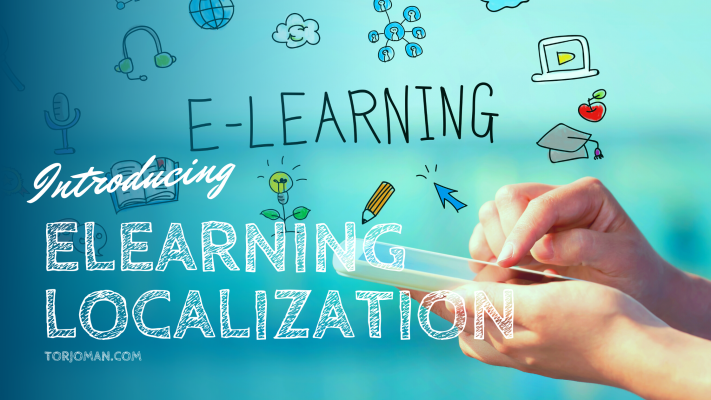Have a Big Project?
Big numbers, lots of documents and multiple translations?
Our top performing teams deliver unmatched quality on time for you
to hit your business goals.

Businesses now have more access to a diverse global talent pool. However, taking advantage of a global workforce requires a new training and development strategy.
Companies can now access a larger pool of talent than ever before because to technology-driven globalization. Employees are increasingly adopting to remote and hybrid employment conditions, and businesses are ready to benefit from unrestricted expansion potential.
Discovering new regions, on the other hand, comes with its own set of difficulties. Professionals in the field of learning and development (L&D) are frequently confronted with new audiences and languages. Communication gaps make it even more difficult to share vital messaging and develop staff capabilities.
While translating text from one language to another is a good start, it is insufficient. Culture involves who we are, how we communicate, and what we think and value, among other things.
What is eLearning localization?
The term “translation” refers to the process of converting text into the target language. Localization takes things a step further by making your eLearning content culturally relevant.
Organizations now have access to a competitive global workforce, with evident benefits like as higher-quality personnel, new market opportunities, and the potential to give employees more control over their work schedule.

Delivering online training to a worldwide workforce, on the other hand, presents unique obstacles. Your overseas staff are likely to communicate with you and each other in a different language. You can translate educational materials into their native tongue, but what about cultural differences? What if the comedy is lost in translation, a reference is misunderstood, an idiom is misunderstood, or a visual symbolizes your society rather than theirs?
This is where eLearning localization enters the picture.
Translation vs. eLearning localization
Here’s a simple way to think about the difference: translation transforms language, while localization translates culture.
Localization involves adjusting the following features in addition to translating the text:
The purpose of localization is to deliver course information in a clear and understandable manner to the intended audience, regardless of their ideas, customs, or social behavior.
Translation vs. localization: Three examples to further illustrate the difference

You’re working on an eLearning project!
Get a free quote and consultation on how we can help you from our L&D Localization experts.
Our designers and translators can work with multiple E-learning platforms such as Articulate Storyline and Adobe Captivate. As the text is translated, we ensure that fonts, icons and all other multimedia are also re-engineered to give your target audience the same experience.
We have advanced degree holders in many fields of study who are trained in translating content accurately in eLearning translation services.
Big numbers, lots of documents and multiple translations?
Our top performing teams deliver unmatched quality on time for you
to hit your business goals.
Ready to burst your borders and need work done quickly?
Order Now! To get an instant assessment and quote.
Don’t wait, we’re ready.
SAVE TIME & MONEY!
Order from our mobile app now